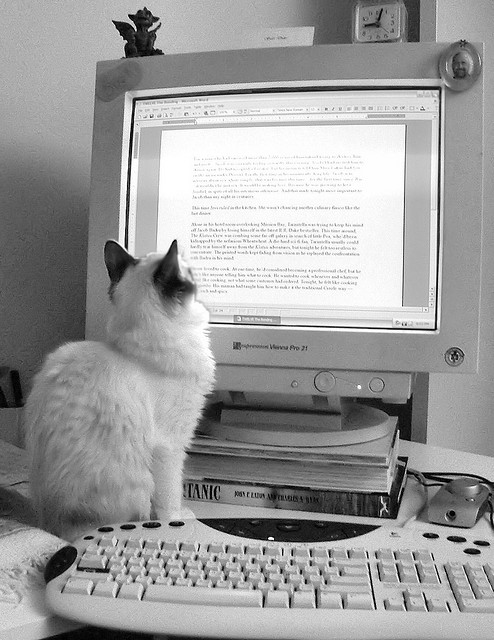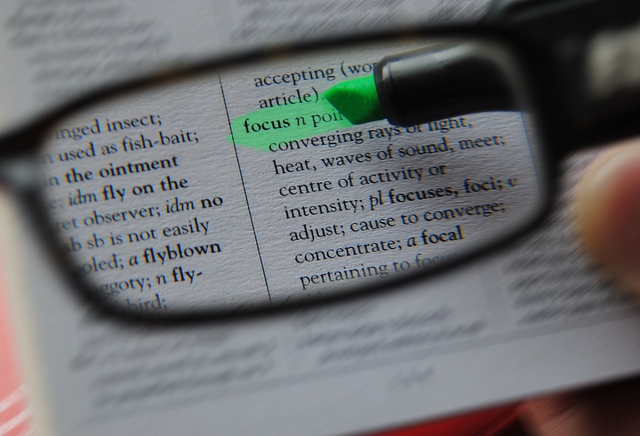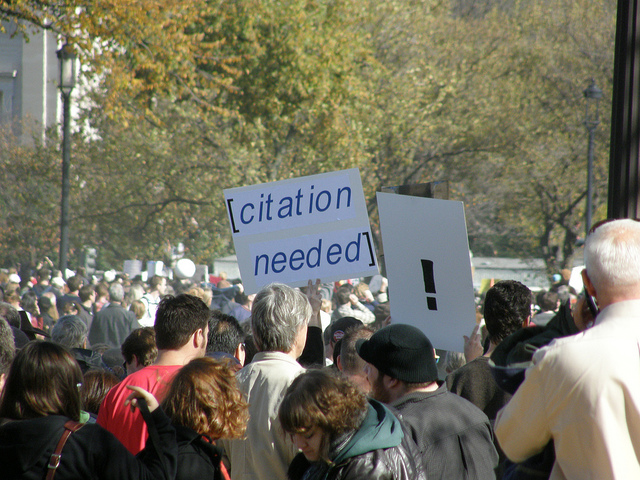In all of your important writing, you should try to use better words. Or, if I were to rewrite that sentence with “better words,” it would look like this: In all of your serious writing, you should attempt to employ enhanced vocabulary. Of course, it is not necessary to do that when you are composing emails and memos and other less formal types of writing, but, on the other hand, it would not hurt.
You need not be an English major to improve your written vocabulary. There are three easy ways in which to do this:
- After you are finished writing, reread your work. You should always do this anyway in order to spot and eliminate writing errors. But, now, when you reread your writing, think about substitutes for some of the words that you used. You do not need to, and, in fact, you should not replace all of the everyday words with higher level ones. It is not necessary to do so. Using complex words throughout your document may obscure your meaning, and it may cause your writing to appear pompous. In any case, examine your writing, and ask yourself, “Do I know a better word to use instead of …?” For example, instead of get, use obtain or acquire. Instead of do, try implement or perform. Of course, in some cases, do is more suitable than one of its substitutes.
- Use Microsoft Word’s Thesaurus. Simply highlight the word that you would like to replace. Then click the Tools function on Microsoft Word. Click on Language. From Language, click Thesaurus. Then choose a substitute.
- Use a hard copy of a thesaurus or a dictionary.
Besides bringing your writing to a higher level, using improved vocabulary will also provide a sense of freshness to your work. This is especially true in terms of helping you to avoid one of the pitfalls of so much academic and business writing—the use of repetitious vocabulary. Look at this example, in which the italicized words in the second sentence are repetitions of words that are used in the first:
One of the reasons why the Southern states seceded from the United States in 1861 is that many people in the south thought that Abraham Lincoln was going to try to abolish slavery. They thought that was a good reason to secede from the United States because they thought that people in the north had no right to tell them what to do about the issue of slavery.
In this version of the same paragraph, the italicized words in the second sentence are variations of words used in the first sentence:
One of the reasons why the Southern states seceded from the union in 1861 is that many people in the south thought that Abraham Lincoln was going to try to abolish slavery. They believed that was a good basis for withdrawing from the union because they felt that inhabitants of the north had no right to tell them what to do about the issue of involuntary servitude.
In conclusion, beefing up your vocabulary can improve your written work by making it interesting and of a higher-than-average quality.







